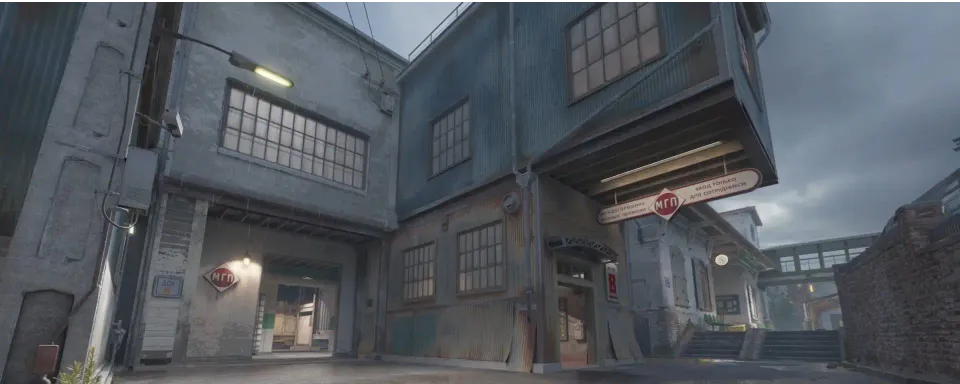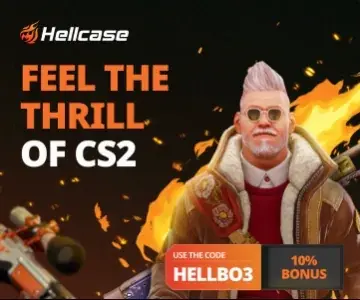
When Train returned to the map pool, it sparked a lot of discussions—it replaced Vertigo, generated plenty of hype, yet failed to gain traction. Why do players keep banning it, and why is it rarely seen in tournaments? In this article, we’ll break down Train’s issues and try to figure out what went wrong.
Is the map popular?
Despite numerous requests from players to bring Train back to the mappool, the card has not gained popularity. This is clearly confirmed by the last tier-1 tournament IEM Katowice 2025, where Train was played only six times: three times in the main stage and three times in the Play-In.
It feels weird to play. I tried it a bit on FACEIT, and I just don’t enjoy it.told bo3.gg ultimate
The situation in matchmaking is even worse - Train remains the most banned card in Premier. Most players don't want to play it because they don't know timings, grenades, and general strategies, and few are willing to learn a new map, especially one with a controversial balance. As a result, the map becomes something like Vertigo when it was added - many people realize it has potential, but almost no one wants to play it now.
Map Problems
Train suffers not only from a lack of knowledge among players, but also from balance issues. In CS:GO the map was always considered to be biased towards defense, but in CS2 this bias has become even stronger. Now the standard power distribution looks like this: three players on A, one on Ivy, and one on B. Because of this, the B-plot is practically ignored, and the whole main game is reduced to controlling A. Valve's attempt to make the A-plane more accessible to attack has only made the situation worse - now it's easier to occupy, but it's harder for defenders to retake. As a result, terrorists are either forced to occupy A quickly or are trapped in the main, and if they decide to play slowly, the defense just keeps them off the map.
Will be hard to adapt since the map is reworked a lot but who does not like a challenge? I think it is still CT-sided but you need very good communication and synchronization with your mates more than on other maps.told bo3.gg xfl0ud
It’s hard to say. T-sides now have more explosive plays on mid. Previously, CTs had better control of mid and outside, but now Ts can be more aggressive. Overall, it’s more balanced. saffeetold bo3.gg saffee

Train has also lost many of the elements that made it unique. The new version removed the ladder in Pop Dog and removed Heaven, and with that, the verticality and variation of playcalls is gone. Now players hardly ever use the top positions on A, and train shootouts have become a rarity. All of this makes the map less dynamic and predictable. On top of that, rounds on Train often turn into grenade spam. If the terrorists rush, there is chaos of hashes, molotovs, and flashes, after which the round turns into a quick 3v3. If the terrorists decide not to rush, the defense just locks them in the main and forces them to play in uncomfortable conditions.

The other problem areas of the map are Ivy and B. The best defense tactic on Ivy is still an aggressive flush, and the strongest move on B is also a flush. As a result, the map encourages aggressive play from the defense, and the offense is constantly forced to guess where and how the opponent will decide to push the position.


Strengths of Train
Despite its challenges, Train possesses several key strengths that make it a unique and engaging map. It offers a rich strategic layer, demanding precise coordination and careful planning from teams, making the execution of strategies highly rewarding. The map favors AWPers and players who excel at long-range engagements, turning it into a paradise for those who enjoy sniper duels. The layout of A and B sites allows for a variety of approaches, from fast-paced rushes to slow, methodical takes. Train's unique design sets it apart from other maps in the pool, providing fresh experiences for players willing to master it.
While the map is CT-sided, strong T-side execution and strategy can lead to spectacular comebacks, keeping games intense and unpredictable. Additionally, Train allows for creative grenade usage due to the absence of skyboxes, enabling effective smokes, flashes, and fakes. This opens up unique strategic opportunities for teams to mislead opponents and control key areas of the map. The long corridors and open spaces also allow for precise utility placement, making Train one of the most utility-heavy maps in the pool.
How to fix the situation?
Train has potential, but Valve needs to make some serious changes to make it playable. First and foremost, it's worth rethinking the balance of the map - adding more convenient retake positions on A and making the B-plot a more meaningful point. This could include additional shelters or new exit options.
Also Train needs its verticality back. If Heaven were to become part of the map again, and the ladder in Pop Dog returned, it would add more playability, and train shootouts would once again become an important element of the game. Right now, though, the map feels flat and less dynamic than its CS:GO version.
To speed up player adoption, Valve could add tutorials like embedded grenades, positioning tips, and strategy pieces. This would help lower the barrier to entry and make Train more appealing even to those who don't want to take the time to learn it yet.
If nothing is changed, Train will simply repeat the fate of Ancient at launch - players will ban it en masse, and professional teams will use it only in extreme cases. As a result, the map will either remain in oblivion, or in a year it will be removed from the mappool again.










No comments yet! Be the first one to react